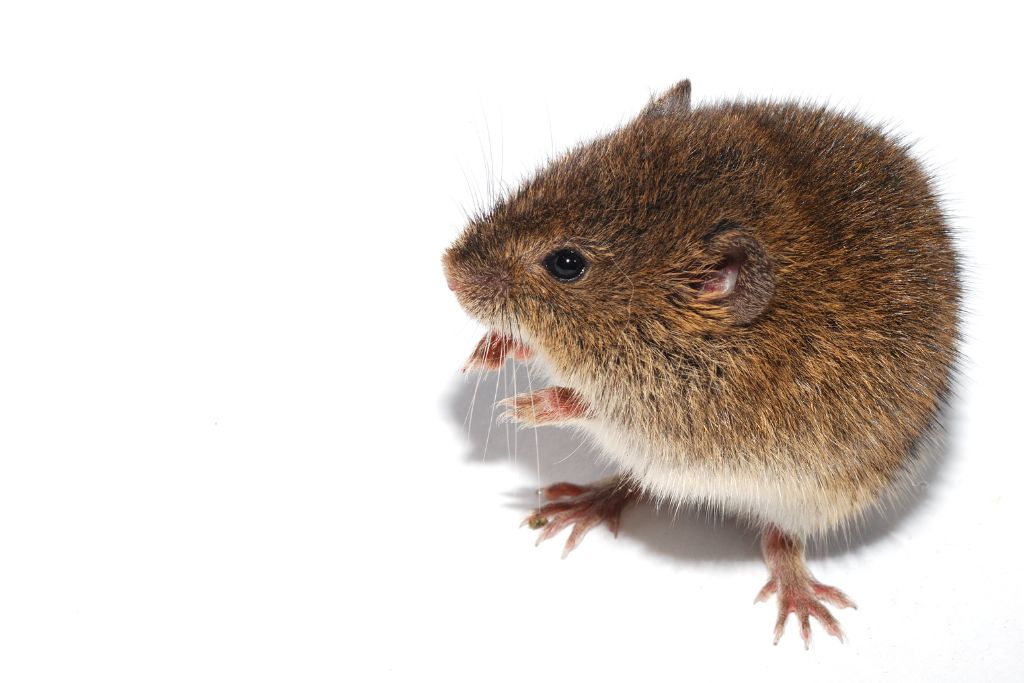Having a mouse in the house can be a great experience, but it can also be a scary one. This is especially true if you live alone. Although your mouse may seem like a good friend, it can also bite you. That is why you need to keep your mouse in a secure cage. This article will discuss a few things that will help you keep your mouse safe and healthy.
Baby mice are blind and hairless
During the first three weeks of life, mice are completely blind and deaf. During the next week, they start growing fur and teeth. They also develop ears. At six weeks, they reach sexual maturity.
In nature, a mouse’s lifespan is usually about a year. However, in a domestic setting, the average life span is two or three years. Some are even able to live for 18 or 30 months.

Mice are small and intelligent. They are active throughout the year. They are very fast breeders. They can have up to 70 baby mice per year. Typically, they will produce a litter of five or six young.
House mice are more tolerant of humans than field mice. They prefer to be squatters in buildings. They construct their nests from straw or other materials. They are also found in barns, tree stumps, and under concrete walkways.
Keeping mice on your own can lead to loneliness and bites
Keeping mice in your home can be a rewarding experience. However, there are many things you should know before you do it.
Although mice are relatively small, they can cause a lot of damage. They can chew wires and furniture and can be a nuisance in your home. In addition, they can carry infections. So, if you’re planning on having mice in your home, you’ll need to ensure that you have a reputable pet shop to buy them from.

You’ll also want to keep your mouse safe from the elements. The cold weather is particularly dangerous for rodents. The best way to avoid this is to keep your house well-ventilated. Additionally, you should have a good barrier between the floor and your walls.
Inbred strain plugs persist for 16-24 hours after copulation
Your best outcome might be just a matter of picking the right breed of mouse. You’ll need to keep an eye out for the good ole boys if you want to score the best female mice. Fortunately, you don’t have to be an animal scientist to spot the unobtrusive males.

To help you on your quest, check out these helpful tips. You’ll be on your way to success in no time. Whether you’re a novice or a seasoned pro, Jackson Laboratory’s online resources are here to help you make the right choices. From cutting-edge research to a free consultation, you’ll be on your way to a happy and healthy nose. Regardless of your gender, a healthy male can produce up to three liters per night.
Identifying a state of pregnancy in young females
Identifying a state of pregnancy in young female mice is a critical process for understanding the normal development of the animal. This study examined weight gain during early embryogenesis as a method for detecting pregnancy. The researchers compared weight gain in pregnant and nonpregnant mice.
Weight gain in pregnant mice is significantly different from that in nonpregnant mice. It is estimated that pregnant mice gain an average of 3.49 g during gestation. However, this amount may not be sufficient to accurately distinguish a state of pregnancy. A lower threshold could be used for discriminating between pregnant and nonpregnant mice.

A total of 17 male mice and 275 female mice were used in this study. Of these, 173 mice were confirmed to be pregnant. The animals were aged from 2 to 6 months. The gestation period for a mouse is 18 to 22 days.
